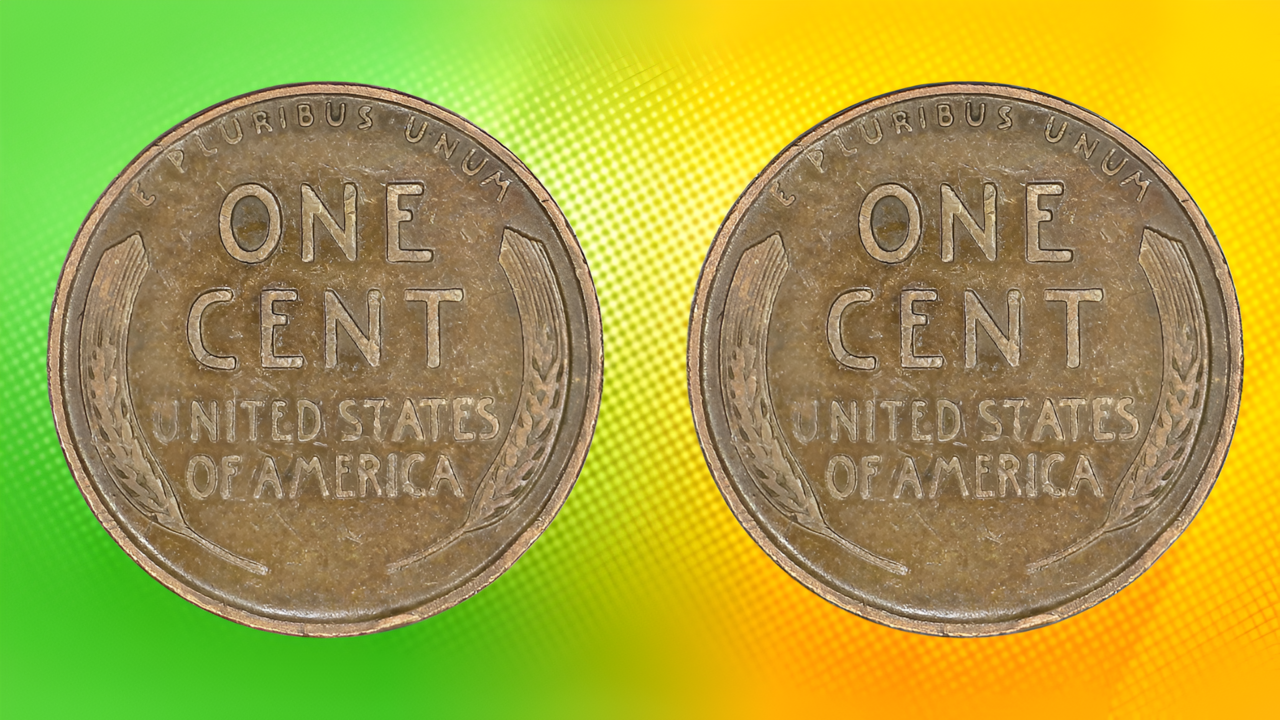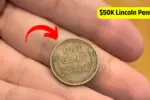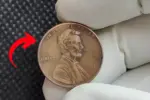Coins often serve as fascinating snapshots of history, encapsulating cultural, political, and economic narratives within their designs and circulation. Among these, the Lincoln Wheat Penny stands out as a symbol of American history and numismatic significance. While there are claims about the coin’s extraordinary value, such as the exaggerated figure of $132 million, the truth lies in its genuine rarity and appeal to collectors worldwide. This blog delves into the history, characteristics, and factors that influence the value of this iconic penny.
The History of the Lincoln Wheat Penny
The Lincoln Wheat Penny was first introduced in 1909 to celebrate the 100th anniversary of Abraham Lincoln’s birth. It marked a departure from previous coin designs by featuring the portrait of a president instead of mythical figures or allegorical depictions. Victor David Brenner, a Lithuanian-born sculptor, was commissioned to design the coin, creating a simple yet impactful depiction of Lincoln on the obverse side. The reverse side featured two wheat stalks, symbolizing prosperity, along with the inscriptions “ONE CENT” and “UNITED STATES OF AMERICA.”
This penny not only honored Lincoln but also became the first U.S. coin to feature “IN GOD WE TRUST,” establishing a new standard for American currency. The Lincoln Wheat Penny was minted until 1958, after which it was succeeded by the Lincoln Memorial design.
Characteristics and Design
Lincoln Wheat Pennies are made primarily of copper, with variations depending on the year of minting. For example:
- 1909–1942: Composed of 95% copper and 5% tin and zinc.
- 1943: Due to wartime copper shortages, the penny was minted from zinc-coated steel. This change created the famous 1943 Copper Penny, an accidental rarity that became highly sought after.
- 1944–1958: Returned to the original copper composition.
The obverse side of the coin features Lincoln’s profile, while the reverse showcases wheat stalks flanking the inscriptions. Key markers that numismatists look for include mint marks (such as “D” for Denver or “S” for San Francisco), errors, and unique variations.
What Makes a Lincoln Wheat Penny Valuable?
Contrary to claims of astronomical valuations, most Lincoln Wheat Pennies are worth only a few cents to a few dollars. However, certain factors can elevate their value considerably:
- Rarity: Coins with low mintages, unique errors, or special features like the 1943 Copper Penny are especially valuable.
- Condition: Coins in uncirculated or mint condition command higher prices. Grading systems, like the Sheldon Scale, help determine the quality and value of a coin.
- Historical Significance: Pennies from specific years or with unique characteristics are highly sought after by collectors. For instance, the 1909-S VDB Penny, with Brenner’s initials, is a prized rarity.
- Market Demand: Collectors drive up the value of certain coins due to trends and personal preferences.
Famous Lincoln Wheat Pennies
Several Lincoln Wheat Pennies have achieved legendary status in the numismatic community:
- 1909-S VDB Penny: Only 484,000 were minted, making it highly collectible.
- 1914-D Penny: Known for its rarity, it is one of the most expensive Wheat Pennies in high-grade condition.
- 1943 Copper Penny: A result of a minting error during World War II, this coin is a “holy grail” for collectors. One sold for over $1 million in an auction.
- 1955 Doubled Die Penny: Due to a minting error, the text appears doubled, creating a unique and valuable collectible.
The Exaggerated Claims: $132 Million?
Reports of a Lincoln Wheat Penny valued at $132 million are largely exaggerated and unverified. Such claims often stem from misunderstandings, publicity stunts, or fictional narratives. While no Lincoln Wheat Penny has reached such astronomical figures, the allure of rare coins continues to intrigue enthusiasts. Authentic valuations depend on expert appraisals and market trends.
How to Identify and Value Your Lincoln Wheat Penny
If you suspect you have a valuable Lincoln Wheat Penny, here’s a step-by-step guide:
- Check the Year and Mint Mark: Look for rare years or unique features, such as errors or special mint marks.
- Assess the Condition: Examine the coin for wear and tear. Coins in pristine condition are worth more.
- Seek Professional Grading: Numismatic experts can grade and appraise your coin for its true value.
- Consult Trusted Resources: Use reputable guides, such as the “Red Book” of coin values, to understand its worth.
Conclusion
The Lincoln Wheat Penny, a small but significant piece of American history, continues to captivate collectors and enthusiasts. While claims of exorbitant valuations like $132 million are far-fetched, the true worth of these pennies lies in their rarity, historical significance, and cultural legacy. Whether you’re a seasoned numismatist or a curious novice, the Lincoln Wheat Penny is a reminder that even the smallest objects can hold great stories.
So, the next time you find a penny, take a closer look it might just be a historic treasure!
F&Q
1. What is the history of the Lincoln Wheat Penny?
The Lincoln Wheat Penny was introduced in 1909 to celebrate the 100th anniversary of Abraham Lincoln’s birth. It was designed by sculptor Victor David Brenner and became the first U.S. coin to feature “IN GOD WE TRUST.”
2. What makes certain Lincoln Wheat Pennies valuable?
The value of a Lincoln Wheat Penny is influenced by rarity, condition, historical significance, and market demand. Coins with low mintages, minting errors, and those in excellent condition tend to be more valuable.
3. Are all Lincoln Wheat Pennies valuable?
No, most Lincoln Wheat Pennies are worth only a few cents to a few dollars. However, certain rare varieties, such as the 1909-S VDB or the 1943 Copper Penny, can fetch much higher prices.
4. What is the significance of the 1943 Copper Penny?
The 1943 Copper Penny is a result of a minting error during World War II when copper was in short supply. This rare coin, made of copper instead of steel, is highly sought after by collectors and has sold for over $1 million in auction.
5. Is it true that a Lincoln Wheat Penny is worth $132 million?
No, claims of a Lincoln Wheat Penny being worth $132 million are exaggerated and unverified. Such figures are often based on misunderstandings or publicity stunts. The true value depends on factors like rarity, condition, and market trends.



